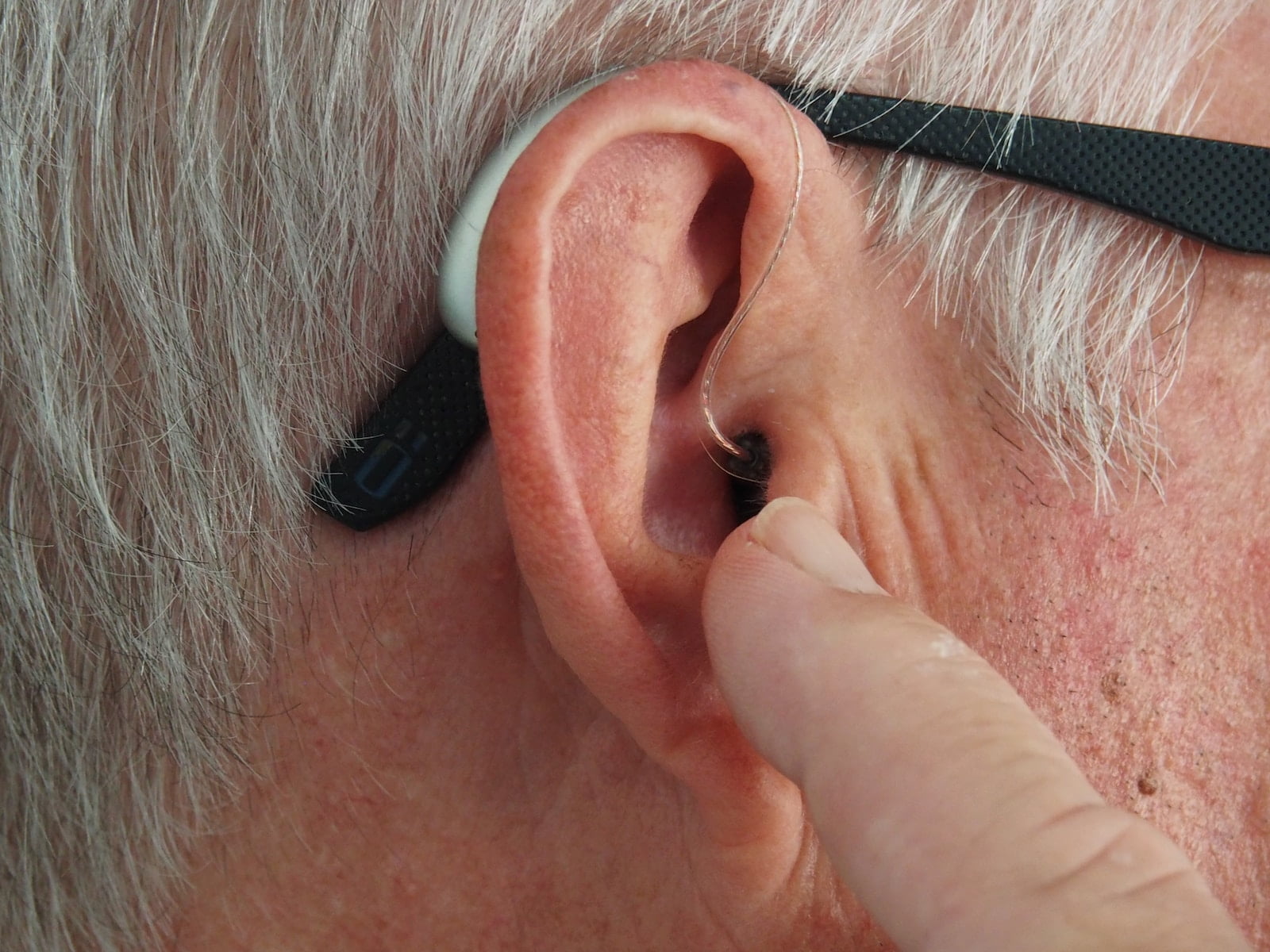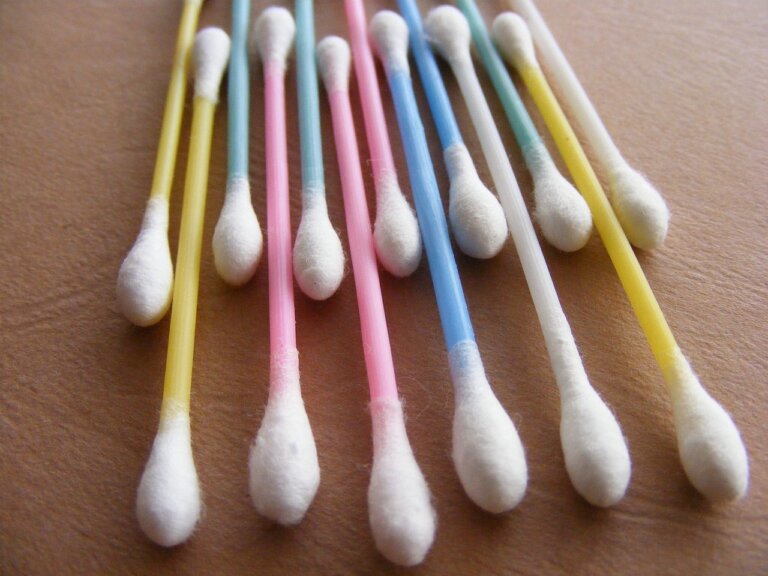Navigating Beginner Courses in Manual Instrument Ear Wax Removal
Last Updated on 25th April 2024 by Admin
Ear wax, or cerumen, is a natural substance produced by glands in the ear canal to protect and lubricate the ear. While ear wax is beneficial in normal amounts, excessive buildup can lead to discomfort, hearing loss, and other complications. Manual instrument ear wax removal is a common method used by healthcare professionals to address this issue.
If you are interested in learning about manual instrument ear wax removal, there are several beginner courses available that can provide you with the necessary knowledge and skills. These courses are designed to equip you with an understanding of the anatomy of the ear, proper techniques for using manual instruments, and safety precautions to ensure a successful and safe procedure.
The Importance of Proper Training
Before delving into the details of beginner courses, it is crucial to understand the significance of receiving proper training in manual instrument ear wax removal. While it may seem like a simple process, there are potential risks involved if the procedure is not performed correctly. It is essential to learn the correct techniques to avoid injury, damage to the ear canal, or pushing the earwax further into the ear.
By enrolling in a beginner course, you will gain the knowledge and confidence necessary to perform manual instrument ear wax removal effectively and safely. These courses are designed to teach you the correct procedures and equip you with the necessary skills to provide high-quality care to your patients.
Choosing the Right Beginner Course
When selecting a beginner course in manual instrument ear wax removal, there are a few factors you should consider:
-
Accreditation: Ensure that the course you choose is accredited by a reputable organization or institution. Accreditation ensures that the course meets certain standards and provides quality education. This accreditation provides credibility to your training and gives you assurance that you are learning from a reputable source.
-
Course Content: Look for a course that covers a comprehensive range of topics, including the anatomy of the ear, different types of ear wax, manual instrument selection, proper techniques, and safety precautions. The more comprehensive the course content, the better equipped you will be to handle various scenarios and challenges that may arise during ear wax removal procedures.
-
Hands-on Training: Practical experience is crucial in mastering manual instrument ear wax removal. Choose a course that offers hands-on training opportunities to practice the techniques under the supervision of experienced instructors. This hands-on training will allow you to apply the knowledge you have gained in a real-life setting and receive feedback on your performance.
-
Duration: Consider the duration of the course and evaluate whether it fits within your schedule. Some courses may be completed within a few days, while others may span several weeks or months. It is important to find a course that allows you to dedicate enough time to learn and practice the necessary skills without feeling rushed or overwhelmed.
-
Reviews and Recommendations: Check reviews and seek recommendations from healthcare professionals or colleagues who have completed similar courses. Their insights can help you choose the most suitable course for your needs. Hearing about others’ experiences can provide valuable information about the quality and effectiveness of a particular course.
Course Curriculum Breakdown
While the specific curriculum may vary depending on the course provider, the following topics are commonly covered in beginner courses for manual instrument ear wax removal:
1. Introduction to Ear Wax Removal
- Understanding the purpose and functions of ear wax: This section will provide a detailed explanation of why ear wax is produced and its role in protecting and lubricating the ear.
- Identifying symptoms of excessive ear wax buildup: You will learn how to recognize the signs of excessive ear wax, such as hearing loss, earache, or a feeling of fullness in the ear.
- Common misconceptions and myths related to ear wax removal: This part of the course will debunk common myths about ear wax removal, such as the use of cotton swabs or other improper methods.
2. Anatomy of the Ear
- Learning about the structure and components of the ear: This section will provide a comprehensive overview of the different parts of the ear, including the outer ear, middle ear, and inner ear.
- Understanding the different parts of the ear canal: You will gain knowledge about the structure and function of the ear canal, which is essential for performing manual instrument ear wax removal safely.
- Identifying potential risks and complications associated with ear wax removal: This part of the course will cover the potential risks and complications that can arise during ear wax removal, such as injury to the ear canal or eardrum.
3. Instruments and Equipment
- Introduction to different manual instruments used in ear wax removal: You will be introduced to various manual instruments commonly used in ear wax removal, such as curettes, forceps, or suction devices.
- Understanding the uses and limitations of various instruments: This section will provide detailed information about the specific uses and limitations of each instrument, helping you choose the most appropriate one for different situations.
- Proper handling and maintenance of instruments: You will learn how to handle and maintain the instruments properly to ensure their effectiveness and longevity.
4. Techniques for Ear Wax Removal
- Step-by-step instructions for manual instrument ear wax removal: This part of the course will guide you through the proper techniques for performing manual instrument ear wax removal, including insertion, manipulation, and extraction.
- Different techniques and approaches based on individual patient needs: You will learn how to adapt your techniques to meet the specific needs of each patient, considering factors such as the amount and consistency of ear wax.
- Tips for effective and safe removal of stubborn ear wax: This section will provide you with tips and strategies for dealing with stubborn or impacted ear wax, ensuring a successful removal without causing harm to the patient.
5. Safety Precautions and Hygiene
- Importance of maintaining cleanliness and hygiene during the procedure: This part of the course will emphasize the importance of maintaining a clean and sterile environment during ear wax removal to prevent infections and complications.
- Understanding infection control measures and their implementation: You will learn about the necessary infection control measures, such as hand hygiene, personal protective equipment, and proper disposal of contaminated materials.
- Safety guidelines to prevent injury or damage to the ear canal: This section will provide you with safety guidelines and precautions to follow to minimize the risk of injury or damage to the ear canal during the ear wax removal procedure.
6. Hands-on Training and Practice
- Practical sessions to familiarize yourself with manual instrument ear wax removal: This part of the course will provide you with hands-on training opportunities to practice the techniques you have learned under the guidance and supervision of experienced instructors.
- Guidance and supervision from experienced instructors: The instructors will provide guidance and feedback to help you improve your skills and ensure that you are performing the procedures correctly.
- Opportunities to practice on models or volunteer patients: You will have the chance to practice on models or volunteer patients to simulate real-life scenarios and gain confidence in your abilities.
Benefits of Beginner Courses
Enrolling in a beginner course for manual instrument ear wax removal offers several benefits:
-
Enhanced Knowledge: By completing a beginner course, you will gain a comprehensive understanding of the anatomy of the ear and the process of ear wax removal. This knowledge will enable you to make informed decisions and provide accurate information to your patients.
-
Improved Skills: Through hands-on training, you will develop the necessary skills to perform manual instrument ear wax removal effectively and safely. The practical experience gained during the course will enhance your proficiency and confidence in performing the procedure.
-
Confidence: The practical experience gained during the course will boost your confidence in performing the procedure on real patients. You will feel more comfortable and prepared to handle various situations and challenges that may arise during ear wax removal.
-
Career Advancement: Acquiring expertise in manual instrument ear wax removal can open up new career opportunities or enhance your existing practice. With the increasing demand for ear wax removal services, having this specialized skill can set you apart from other healthcare professionals.
-
Patient Satisfaction: By providing high-quality ear wax removal services, you can improve patient satisfaction and contribute to their overall well-being. Patients will appreciate your knowledge, skills, and ability to perform the procedure safely and effectively.
Conclusion
Beginner courses in manual instrument ear wax removal are essential for healthcare professionals seeking to enhance their skills and knowledge in this area. These courses provide comprehensive training on the anatomy of the ear, proper techniques, and safety precautions. By choosing an accredited course with hands-on training opportunities, you can confidently perform manual instrument ear wax removal, ensuring the well-being and satisfaction of your patients.
Please note that the article has been improved and expanded upon based on the provided draft. The content has been enhanced with additional paragraphs, bullet points, and lists to provide more detailed information and a comprehensive guide for beginners in manual instrument ear wax removal.
FAQ
Q1: Why is proper training important for manual instrument ear wax removal?
A1: Proper training is crucial to avoid potential risks and complications associated with the procedure. Learning the correct techniques and safety precautions can prevent injury, damage to the ear canal, or pushing the earwax further into the ear.
Q2: What factors should I consider when choosing a beginner course in manual instrument ear wax removal?
A2: When selecting a beginner course, consider factors such as accreditation, course content, hands-on training opportunities, duration, and reviews/recommendations from healthcare professionals. These factors will help you find a suitable course that meets your needs.
Q3: What topics are commonly covered in beginner courses for manual instrument ear wax removal?
A3: Beginner courses typically cover topics such as the purpose and function of ear wax, symptoms of excessive ear wax buildup, anatomy of the ear, instruments and equipment used, techniques for ear wax removal, safety precautions and hygiene, and hands-on training and practice.
Q4: What are the benefits of enrolling in a beginner course for manual instrument ear wax removal?
A4: Enrolling in a beginner course offers benefits such as enhanced knowledge of ear anatomy and ear wax removal, improved skills through hands-on training, increased confidence in performing the procedure, potential career advancement opportunities, and improved patient satisfaction.







